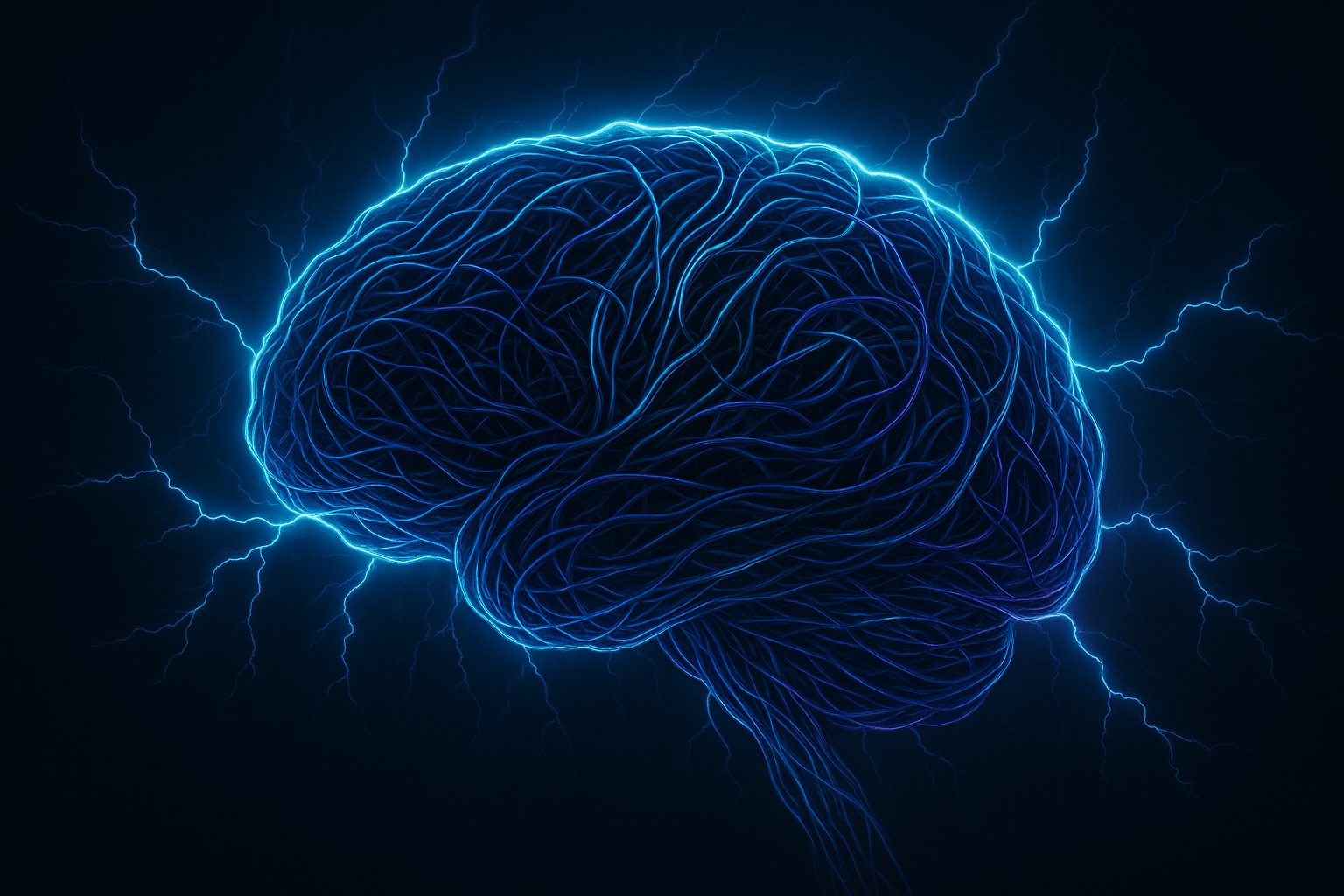To help the testing community make sense of the rapidly evolving technology space, I've curated collection of AI-enabled assessment technology providers.
Why This Collection Matters
As AI capabilities advance at pace, assessment professionals need clear visibility of what's available, what's emerging, and where the technology is heading. This collection brings together providers across the full assessment lifecycle, from content creation to delivery, scoring/marking, and analytics, offering a comprehensive view of how AI is reshaping professional practice.
Whilst this collection focuses on the technology solutions that have been developed, it does not fully reflect what I believe is a lack of attention and focus by organisations on what their assessments should look like in the future. I personally feel that this list, whilst impressive, still only represents the low-hanging-fruit of AI innovation and, if assessment integrity is to survive the age of AI, we really need step up our thinking.
Trending Features and Capabilities
My analysis of the current market reveals several dominant trends:
1. AI-Powered Authoring Is Becoming Standard
Automated question generation is moving from novelty to standard. Providers are offering AI engines that can generate assessment items aligned to curriculum frameworks and create question variants for item banking. We're seeing particular growth in tools that support blueprint-driven authoring and multilingual content generation.
Let's be clear, generating MCQs with AI is useful, but is that really the answer we're looking for? It seems more like a 21st century solution to a 20th century problem.
2. Hybrid Human–AI Workflows
Rather than full automation, the market is embracing expert-in-the-loop models, to be expected in a conservative industry. We're seeing AI systems designed to augment assessor judgement, flag anomalies, suggest scores, and identify at-risk learners, whilst preserving human oversight for final decisions. This balanced approach appears particularly prevalent in essay scoring.
Not all solutions need to be AI; it's worth thinking about the implications of using it and where some AI approaches may be much stronger than others. As my AI adoption playbook demonstrates, sometimes a simpler and more accurate solution is the better approach.
3. Sophisticated Academic Integrity Solutions
The rise of generative AI has accelerated innovation in proctoring and integrity detection. Beyond traditional plagiarism checking, providers now offer AI-generated content detection, behavioural analytics during assessments, continuous authentication, and anti-collusion features. These tools increasingly operate through computer vision, biometrics and writing playback analysis.
Whilst this is an interesting development, I can't help but think the reason we have an explosion in AI detection solutions is because assessment practice hasn't kept up or been ready for AI. We are on the edge of the world having abundant access to near-perfect AI solutions embedded in our daily lives, is your assessment practice ready?
4. Personalisation Through Adaptive Intelligence
Adaptive testing and personalised learning pathways are becoming more sophisticated. AI engines now incorporate knowledge tracing, learner profiling, curriculum mapping and predictive analytics to create truly individualised assessment experiences. We're seeing this particularly in formative assessment contexts.
The key to success in this area is explainability. If you can't demonstrate with confidence how AI has made a decision, then you need to go back to the drawing board.
5. Psychometric Rigour Meets Machine Learning
Traditional psychometric methods are being enhanced, not replaced, by AI. Providers have release a number of supporting solutions for AI-driven item analysis, and calibration.
Hopefully this means we can move away from the cut score always being 70. But we need to remember that psychometrics is more than just stats, it's about the whole test design, which still very much needs the human touch.
6. Multi-Modal Assessment Capabilities
AI is enabling assessment of skills previously difficult to evaluate at scale. Video assessment platforms, handwriting recognition for paper-based exams, voice-based recruitment and simulation tools, and dialogue-based assessments all demonstrate how AI is expanding what can be measured, when, and how. We're even seen the first sense of physics engines and world models.
This is where I really get excited. I believe that the perfect assessment plan will be a mix of authentic assessment methods with both knowledge and performance activities, and all deliverable at scale with the support of AI technology.
Looking Ahead: From SaaS to 'Vibe Coding'
SaaS (software as a service) has been the driver of technology over the last ten years, but SaaS is basically a database in the cloud with a user interface and workflow. Where I'm personally really excited is the growth in Vibe Coding: using AI to build technology solutions via chat, no code needed.
Many developers in the community I have spoken to view this movement as still in its infancy, and whilst I agree, you have to remember that the AI we are using today is the worst it will ever be. Anthropic, the makers of Claude, have been releasing some very capable coding-focused models and I've been vibe-coding for a year or more now and I've noticed a significant improvement in its capabilities. At the e-Assessment Association conference last year, in 25 minutes, delegates created 24 new assessment interfaces, question types designed specifically for industry and domain-specific applications. All with vibe coding.
This is where I think we are looking at some truly innovative developments. Imagine if you could chat with AI to re-imagine the very test environment, taking the expertise of assessment and technology and, in minutes, crafting your own unique assessment experience. These supercharged, technology-enhanced environments that blend physical and digital test practice, all at scale could, and all part of the learning journey.
This collection is inspiring, but it will look very different in a years' time.
